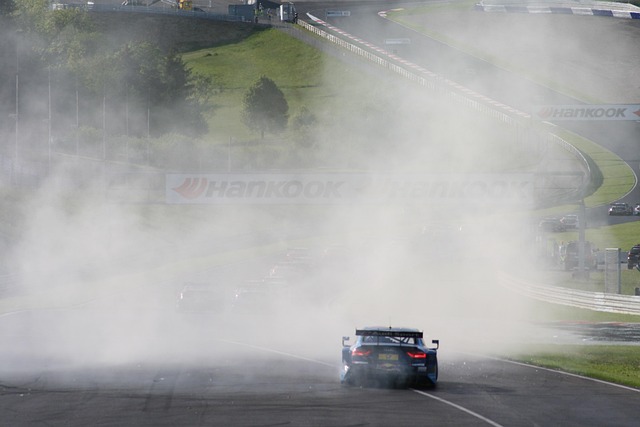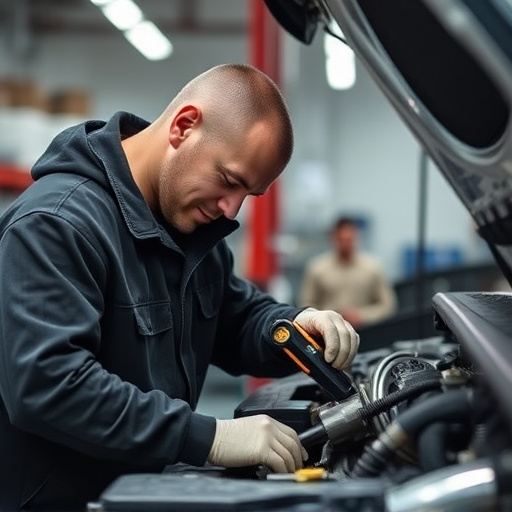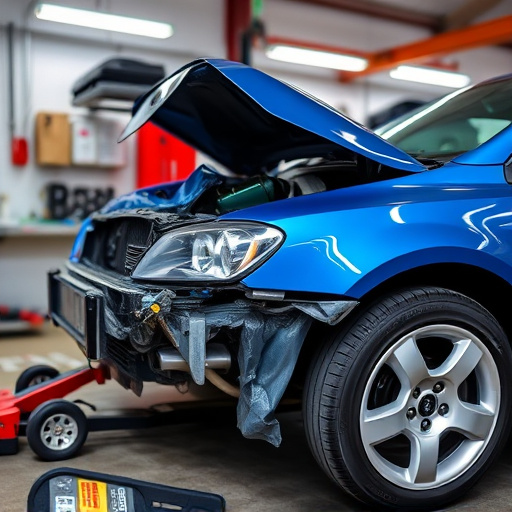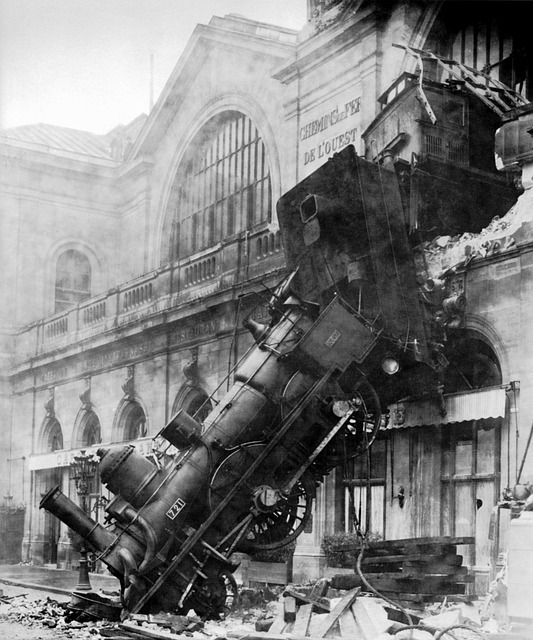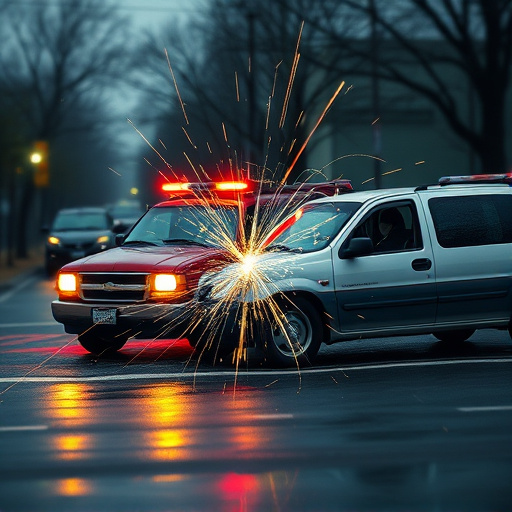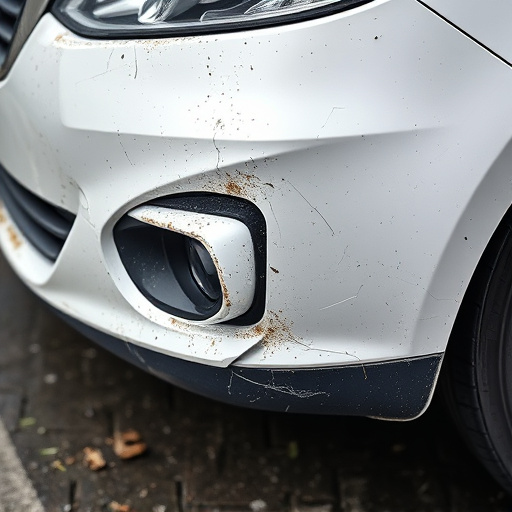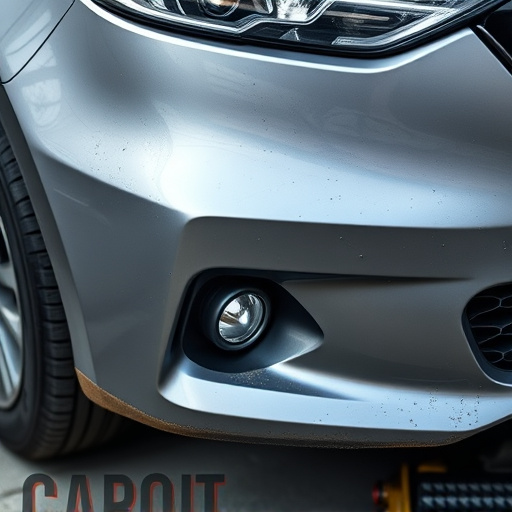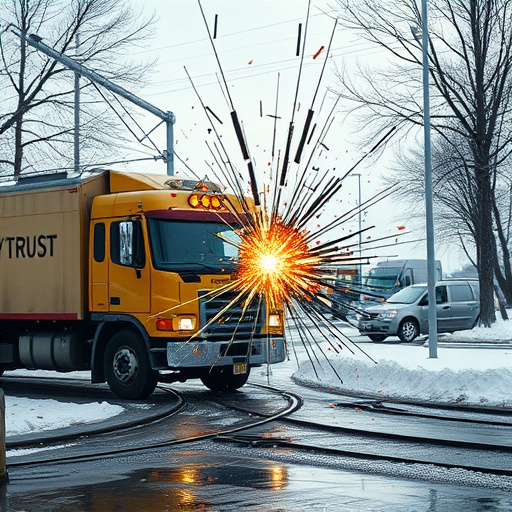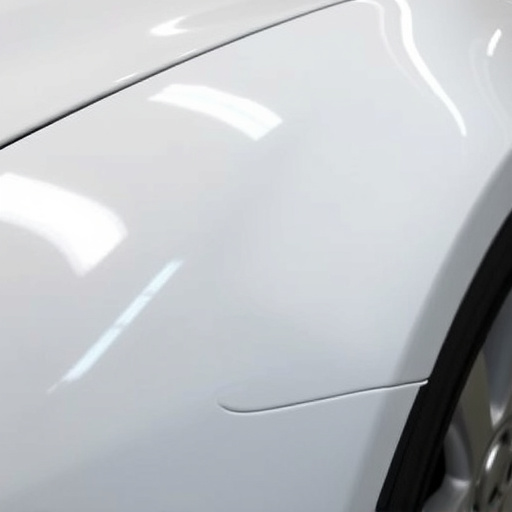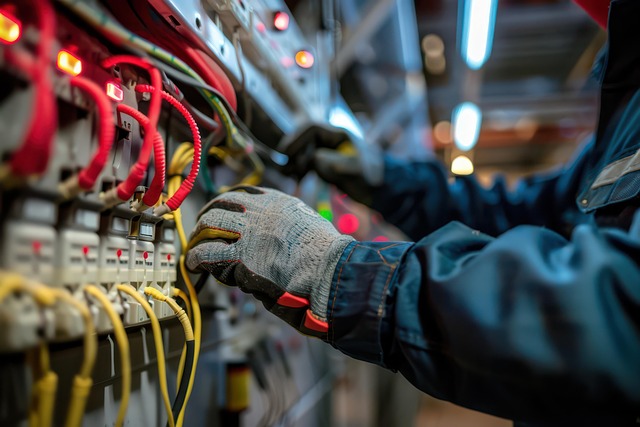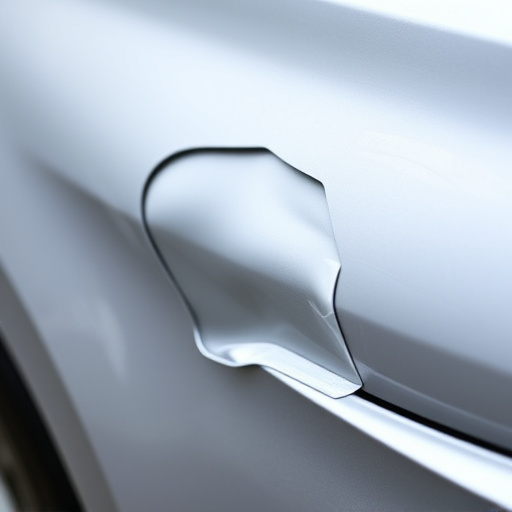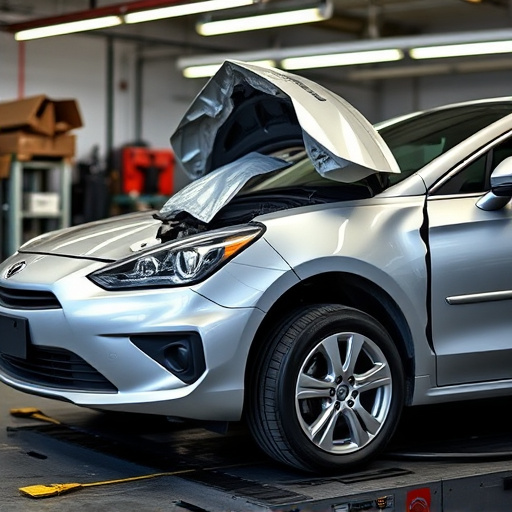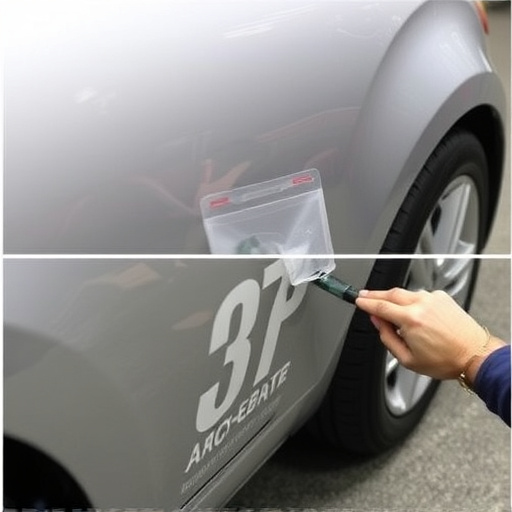Fallen tree damage repair involves assessing bark, wood, and internal structures for splitting, cracking, or missing segments to determine structural stability. Repairs range from minor fixes to complex bracing or complete restoration, with experts using specialized knowledge and tools. Light branch injuries are treated through pruning and wound care, while significant hood damage may require arborist techniques akin to vehicle body repair. Trunk health and stability are paramount, with initial steps including harm assessment, pruning, and wound dressing, followed by regular monitoring for rot and infestations, mirroring meticulous collision repair.
In the aftermath of a fallen tree, proper trunk and hood (crown) treatment is crucial for effective tree damage repair. This article delves into the intricate process, offering insights on assessing trunk damage, restoring branch injuries, and implementing effective treatments to ensure long-term health. Understanding these key components is essential in navigating the complex world of fallen tree damage repair, ensuring the vitality and longevity of your trees.
- Assessing Trunk Damage After Fallen Tree Repair
- Restoring Hood and Branch Injuries in Tree Care
- Effective Treatments for Long-Term Trunk Health
Assessing Trunk Damage After Fallen Tree Repair
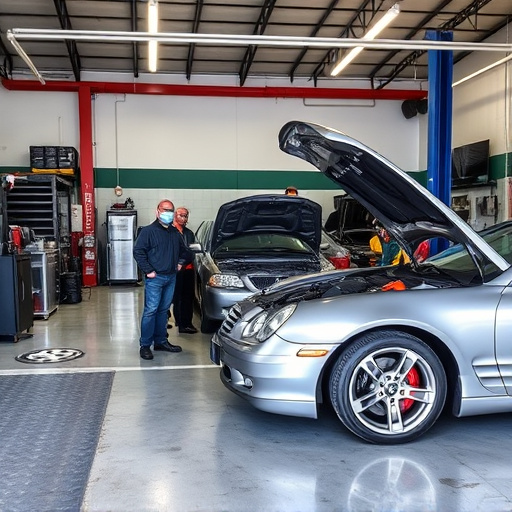
After a fallen tree has been removed, assessing the damage to the trunk is a crucial step in the repair process. This involves thoroughly inspecting the tree’s bark, wood, and any visible internal structures. Experts in fallen tree damage repair look for signs of splitting, cracking, or missing segments, as these could indicate structural instability or potential future failure.
The health of the tree’s trunk also has implications for the overall repair project, including how nearby branches and the root system might have been affected. Proper assessment ensures that any repairs are tailored to the specific needs of the trunk, whether it involves minor bark damage repairs, structural bracing, or even complete vehicle body repair (in cases where the tree’s fall caused impact with a car or other structure). An automotive body shop specializing in fallen tree damage repair will have the expertise and tools needed to accurately assess and restore the tree’s trunk to its previous condition.
Restoring Hood and Branch Injuries in Tree Care

When it comes to tree care, restoring injuries to both the hood and branches is a delicate process that requires expert knowledge. Fallen tree damage repair often leaves these areas susceptible to significant harm, demanding careful attention during the restoration phase. The first step involves assessing the extent of the damage, which can range from cracked or broken branches to more severe issues like hood dents caused by debris or heavy branches.
In many cases, light to moderate branch injuries can be treated with proper pruning techniques and wound care. This includes removing any dead or damaged limbs and applying protective coatings to encourage healing. For more severe car body repair scenarios, where the tree’s hood has sustained considerable damage, professional arborists might employ specialized techniques akin to vehicle body repair. These methods involve careful removal of impacted debris, assessment of structural integrity, and, if necessary, dent removal to restore the hood to its pre-damaged condition.
Effective Treatments for Long-Term Trunk Health
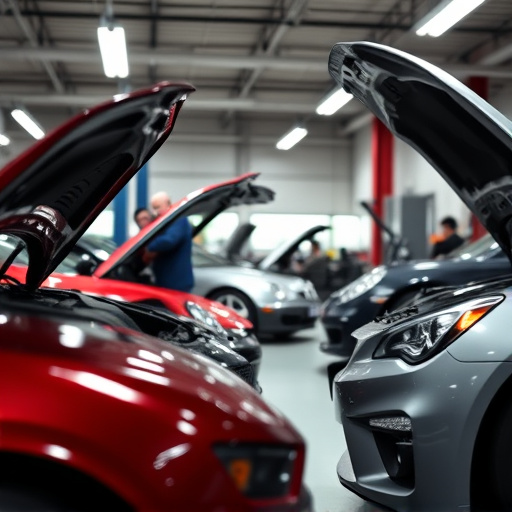
When addressing fallen tree damage repair, the trunk is a critical component that requires careful consideration for long-term health and stability. Effective treatments involve assessing the extent of the harm and employing strategies to promote healing and strengthen the tree. Pruning and removing any damaged or dead wood is a crucial first step, preventing further decay and allowing new growth. Additionally, applying wound dressing can create a protective barrier against infections and environmental factors, fostering faster recovery.
Regular monitoring is essential in fallen tree damage repair. Observing trunk vitality, checking for signs of rot or insect infestation, and ensuring proper healing are all part of the ongoing care process. Similar to considerations in mercedes benz collision repair for car bodywork, patience is vital. Trees, like automotive body shops, need time to mend, and the right treatments can facilitate a robust and lasting recovery, ensuring the tree’s longevity and maintaining its role as a beautiful and sturdy element in any landscape, just as an automotive body shop restores a vehicle to its pre-accident condition.
When repairing fallen tree damage, proper treatment of both the trunk and hood (crown) is crucial for ensuring long-term health and resilience. Assessing trunk injuries meticulously and implementing effective treatments are key steps in the recovery process. Similarly, attending to branch and crown injuries through restorative care contributes significantly to the overall vitality of the tree. By combining these strategies, professionals can help trees regain their strength and beauty after sustaining fallen tree damage, fostering a more robust and sustainable urban landscape.
